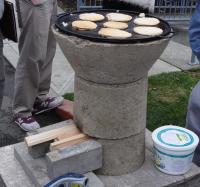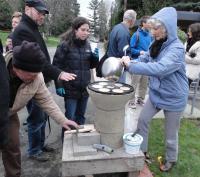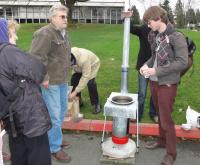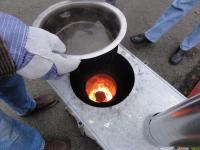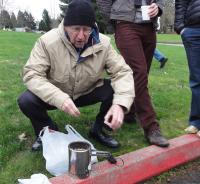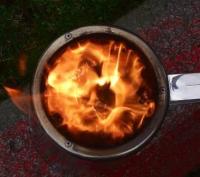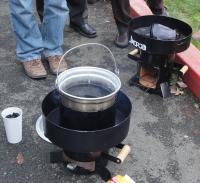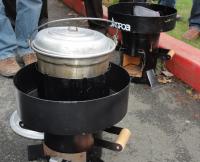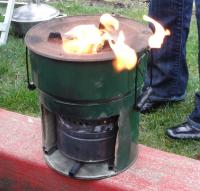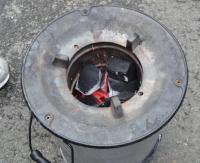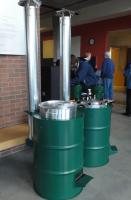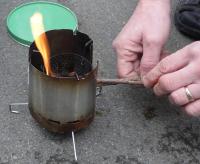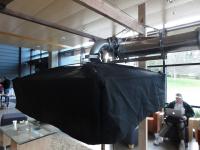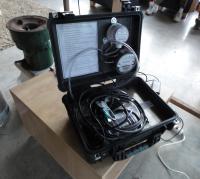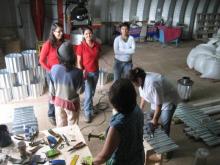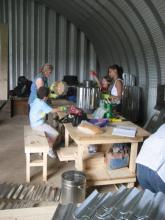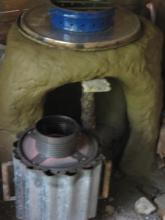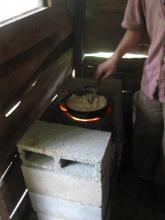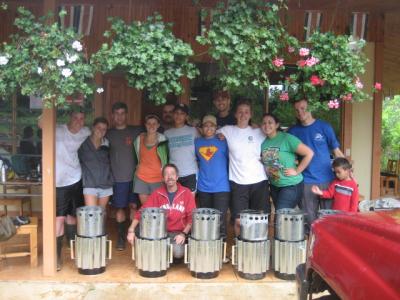Robert V. Lange, February, 2011
Robert Lange, and the team from the ICSEE has been working in cooperation with the local Maasai leadership to bring both improved cookstoves and improved light and radio access to their people, as well as the training to install and repair their own stoves and PVC systems.
This project does a great job of teaching the women of the Maasai tribes to build their own improved rocket style stoves using local materials, and relatively small sections of steel and rebar to improve the durability of the local ceramic brick. The women are clearly proud of their new stoves, and their ability to repair, and move the stoves as needed, and even better than that - the neighbors are jealous and motivated to learn and build as well.
More information is available on their web site: http://www.maasaistovessolar.org
More information about the project methodology, and other ICSEE Projects can be found on the ICSEE web site:
http://www.the-icsee.org/projects/africa/villageprojects.htm
and the Villages Project web site: http://www.villageprojectsint.org/


